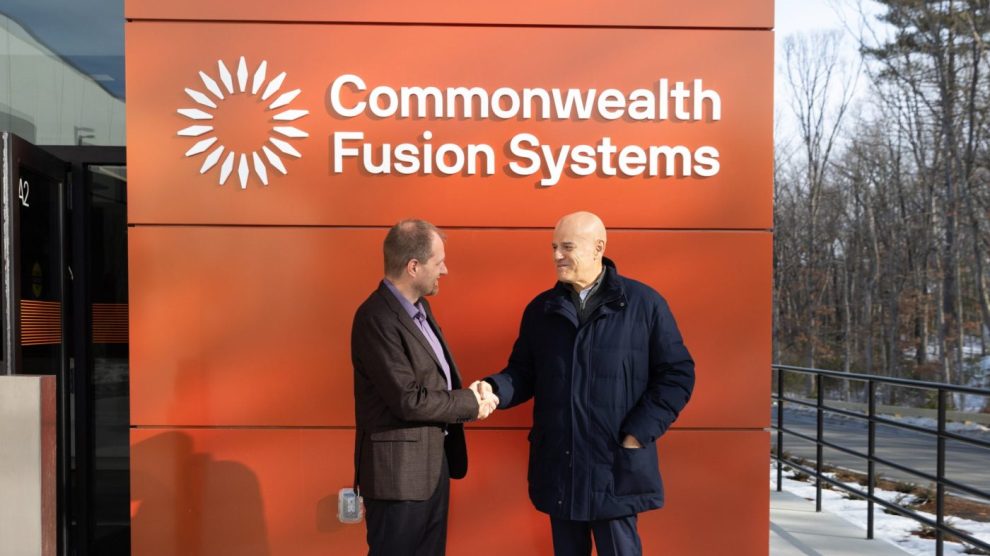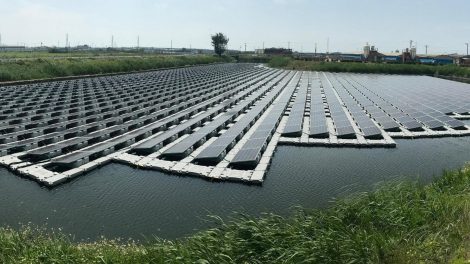The Eni-CFS agreement. The Italian energy titan and MIT-born Commonwealth Fusion Systems signed a cooperation deal to accelerate the development and commercialisation of nuclear fusion energy. The two companies started working in 2018, with Eni growing its shareholding role until it became CFS’ most prominent investor.
- The companies are developing SPARC, projected to become the world’s first magnetic confinement pilot plant with net production of fusion energy, which will be operational in 2025.
- SPARC will pave the way for ARC, the first commercial power plant capable of feeding electricity into the grid. That’s projected to be operational in the early 2030s.
Progress-building. The companies made headlines in September 2021, when Cfs successfully tested its proprietary superconductor technology – to date, the strongest magnet of its kind in the world – which will allow it to confine the 150 million degrees plasma circling in its fusion reactor.
- “Eni was the first energy company to believe and invest in fusion, which could make a major contribution to the energy transition once it is developed on an industrial level,” reads a company note.
Looking forward: “We will see the first CFS power plant based on magnetic confinement fusion at the beginning of the next decade, with then almost two decades ahead to deploy the technology and achieve the energy transition goals by 2050,” said Eni’s CEO Claudio Descalzi.
- “Having this technology at the industrial level, providing large quantities of zero-carbon energy produced in a safe, clean and virtually inexhaustible way, will mean that we will contribute substantially to the energy transition challenge. This is why we are facing a potentially momentous technological breakthrough.”
- “We now further strengthen this collaboration with our expertise and experience with the aim of accelerating the industrialisation path of fusion as much as possible.”
Elsewhere in the industry: this week, other Italian energy companies – Edison and Ansaldo – signed a letter of intent with the French behemoth EDF to cooperate on the development of fission nuclear power in Europe, Italy included, especially in the field of small modular reactors.
Meanwhile, back in Italy, nuclear power remains something of a taboo since it was de facto outlawed via a referendum in 1987 (one year after the Chornobyl disaster). However, the current government – headed by Giorgia Meloni – looks favourably upon the development of next-generation nuclear power tech.
- “Nuclear power is not only a viable but also a necessary route in the light of current socio-economic imperatives,” said Gianpiero Zinzi, a League MP who recently tabled a resolution to support the construction of modern nuclear power plants, to our sister website.
- He added the synergies between the Mattei Plan (Italy’s foreign policy-cum-energy and investments plan) and fourth-generation, clean nuclear power are “tangible and concrete.”
- League leader Matteo Salvini has been the most vocal proponent of a nuclear renaissance, and the centre-right coalition’s electoral programme outlined developing fourth-generation nuclear power plants.
Image: Eni’s Twitter profile





